Check out this post to find out how to compost, why you should compost and when to add compost to your garden! Full of great gardening tips.
Today’s Farm Tip Friday is really a farm or garden tip and it is coming to us from the awesome Heather at Heather’s Home and Garden again {she also wrote us a fantastic post on watering your garden}.
She is going to walk us through the basics of composting! She will talk through why you should compost, how to compost, and when to Compost. I had some questions about composting so I asked her to write about it for us, it’s really helpful! Check out what she wrote.
I’m Heather – a very fitting name for a horticulturist I think – of Heather’s Home and Garden. I graduated from Utah State University with a degree in horticulture and intentions to work at a botanical garden, but two years later I found myself back at Utah State University working on a master’s degree in weed science/invasive species management.
I like to say that I cover the spectrum from the plants people love to the plants people love to hate. Even though my job keeps me thinking about the weeds of agriculture and rangelands, you can find me blogging about my favorite plants and other gardening topics at Heather’s Home and Garden.
And if I’m not blogging about plants, I’m most definitely daydreaming about all the ones I will fill my future yard and garden with.
“I’ll be the first to admit that I don’t have a lot of first-hand experience with composting for my own gardening needs. My first composting experience was when I was a kid and I would take out the “compost bucket” of kitchen scraps (things like fruit or vegetable peelings) out to the “compost pile” by our garden.
Honestly, I don’t remember much of what happened to it after that. I’m pretty sure lawn clippings and leaves were also added to the pile; but whether or not all that pile turned into true compost and actually made it into the garden is a mystery to me.
Fast forward to my days as an intern at Longwood Gardens: I gained a new appreciation for composting on a very large scale, and the science behind it, as we would compost the plants being removed from the display gardens, and then worked the finished compost into those same displays.
But fast forward, again, to now? I’m currently an apartment dweller whose composting is more dreams than actual practice.
That being said, there are some principles and practices I’ve learned along the way that I think others might find useful as well. Let’s break it into three basic questions to be answered:
- Why compost?
- How to compost?
- When to compost (and when to add it to the garden)?
So why would you want to compost? A couple reasons come to mind. First, it’s a great way to improve your soil- it can improve both drainage and water holding capacity, can improve the tilth or texture, and can add important nutrients*. Also, composting those yard and kitchen scraps reduces the amount of waste being sent to the landfill.
*a note about the nutrients: compost will add nutrients to your soil slowly as it continues to break down, so some supplemental fertilizer (especially nitrogen) may be needed.
Next, let’s talk about how to compost. This part can be as simple as a true “compost pile”, have a little more structure like a wooden or chicken wire frame, or be as fancy as one of those barrels that make it easy to turn. Whatever your method of containing it, you need to remember some key points to get a proper compost:
- Oxygen and moisture are required. This will help the pile get hot enough to degrade and kill most of the weed seeds that may be present. To get oxygen in, you’ll have to turn your pile every couple of weeks. To get moisture in, you may have to sprinkle it down when you turn it.
- The right carbon to nitrogen ratio is also required. This may mean you have to add a bit of nitrogen fertilizer on occasion, especially if you are composting a lot of high-carbon materials like sawdust, straw, and leaves.
- Adding a thin (about an inch) layer of soil for every foot of organic waste will help the microbial population stay active in their decomposition duties.
- Never compost meats, bones, or dairy products.
Once you’ve got a nice compost pile going, how do you know when to add it to your garden? When it looks and smells earthy, and everything has broken down to small (1/2 inch) pieces, you can add it to your garden. Till it in before you plant in the spring, and you should be good to go.
If you’re wanting to get started now but you feel like you can’t commit to an actual compost pile (I know the feeling) there a couple of things you can do to get a similar benefit. They’re both easy and tried and true (by me, by my gardening guru grandpas, and by a whole bunch of others).
So, until you have space (or time) to commit to an actual compost pile, 1) don’t bag your grass clippings – they’ll break down and return nutrients to your lawn, and 2) this fall when you rake your leaves, till them into your garden – they’ll decompose over the winter, improving the soil quality. (Some leaves, like maples, break down better with the addition of a bit of nitrogen fertilizer).
As always, check with your local extension office for more details specific to your area.
Happy composting!”
Pin this farm tip on your Gardening board to SAVE it for later! Follow Longbourn Farm on Pinterest for more great tips, ideas, and tutorials!
[et_bloom_inline optin_id=”optin_4″]
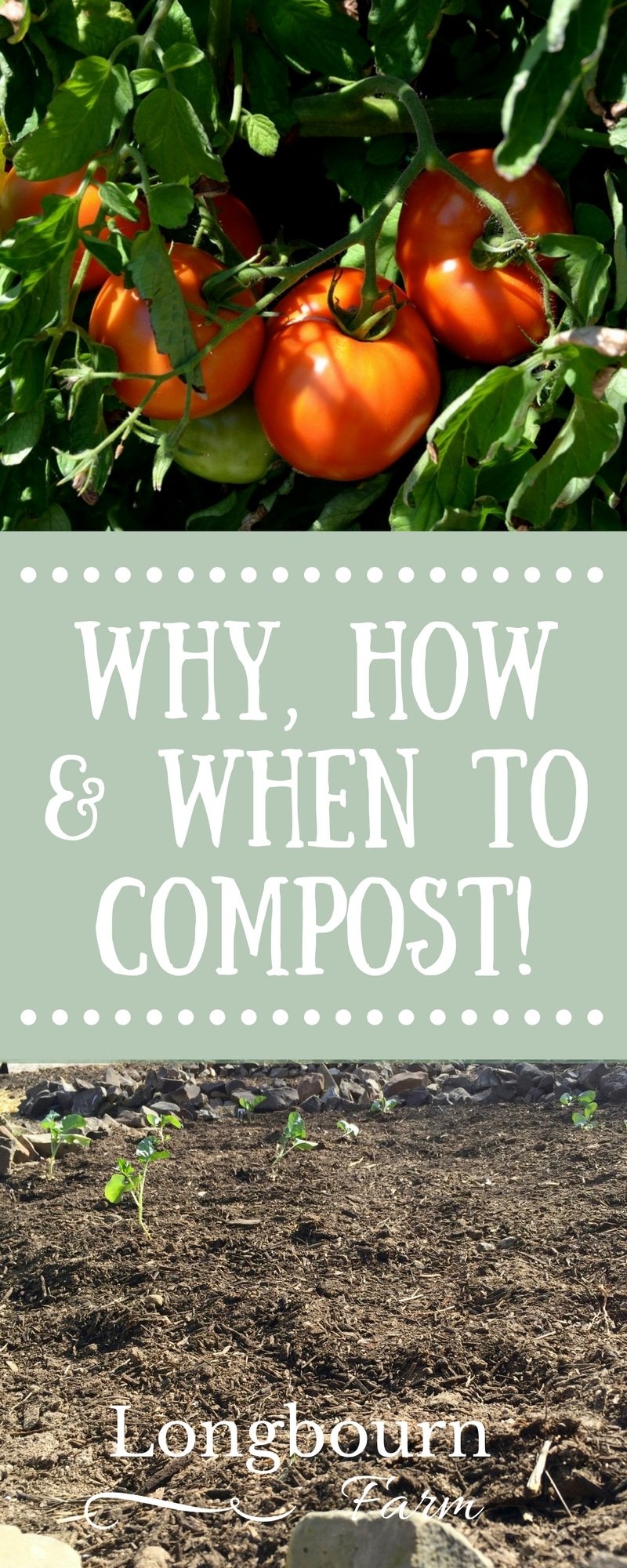
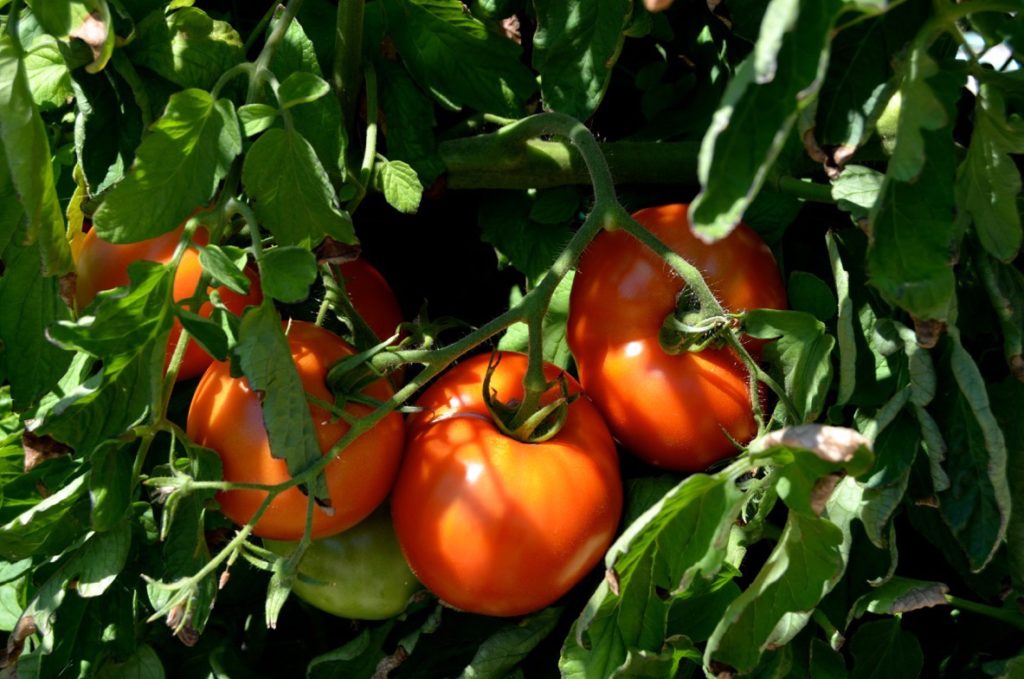
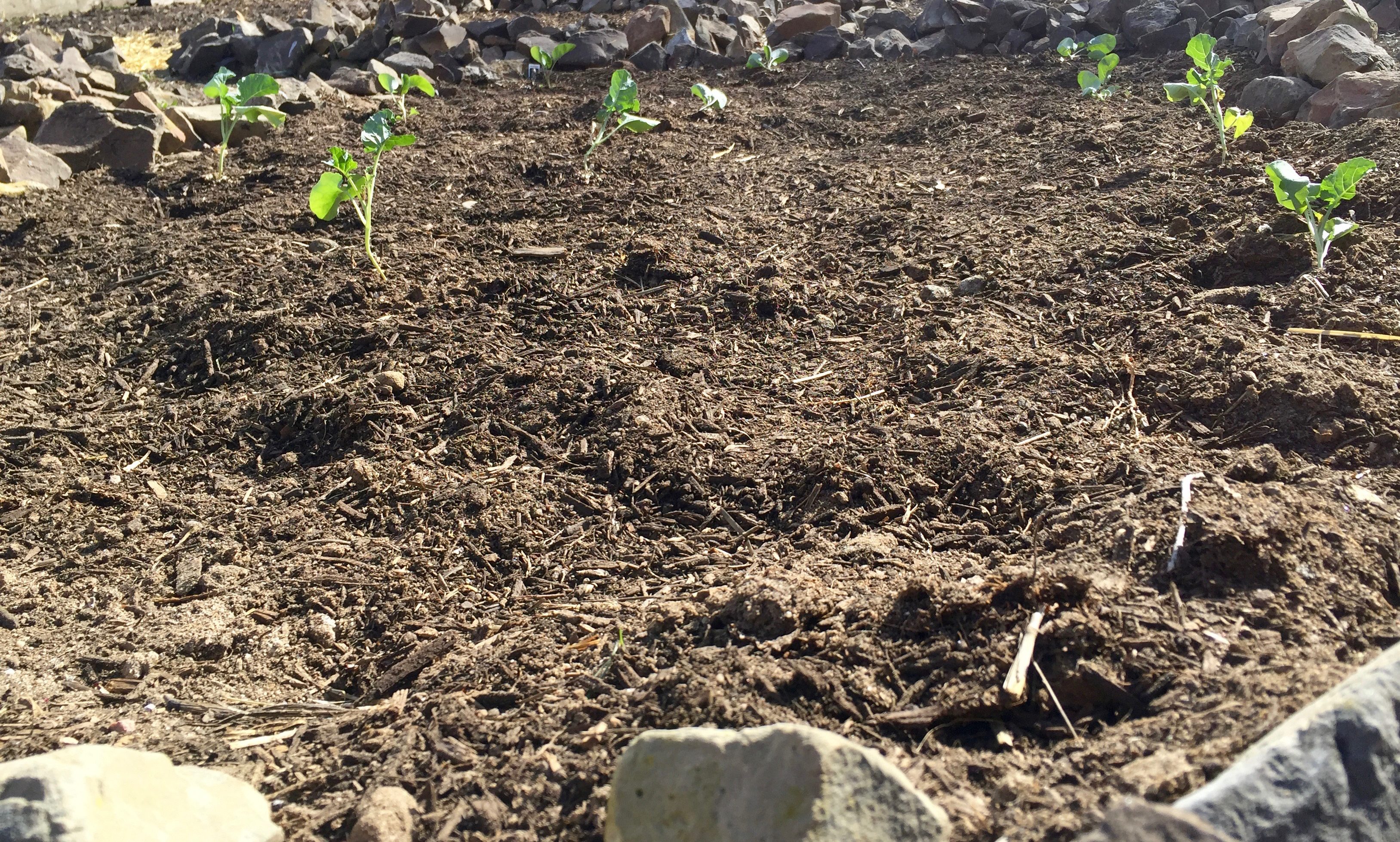
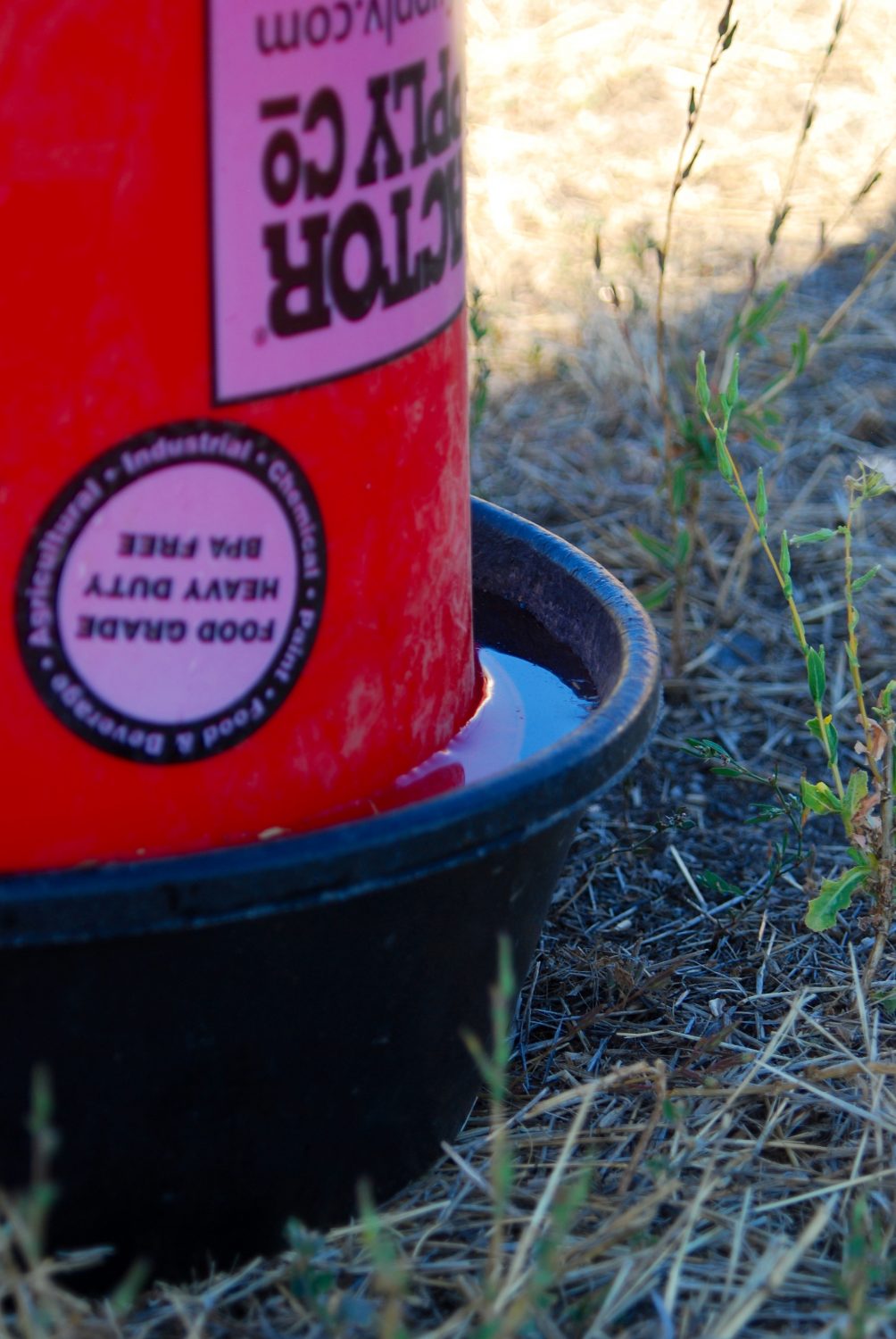
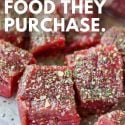
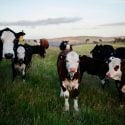
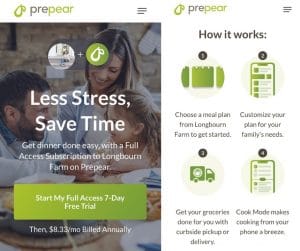

Shari Jennings says
What a great article!
Alli says
Thanks Shari! I love being able to ask Heather all my gardening questions 🙂 Her blog is a great resource!